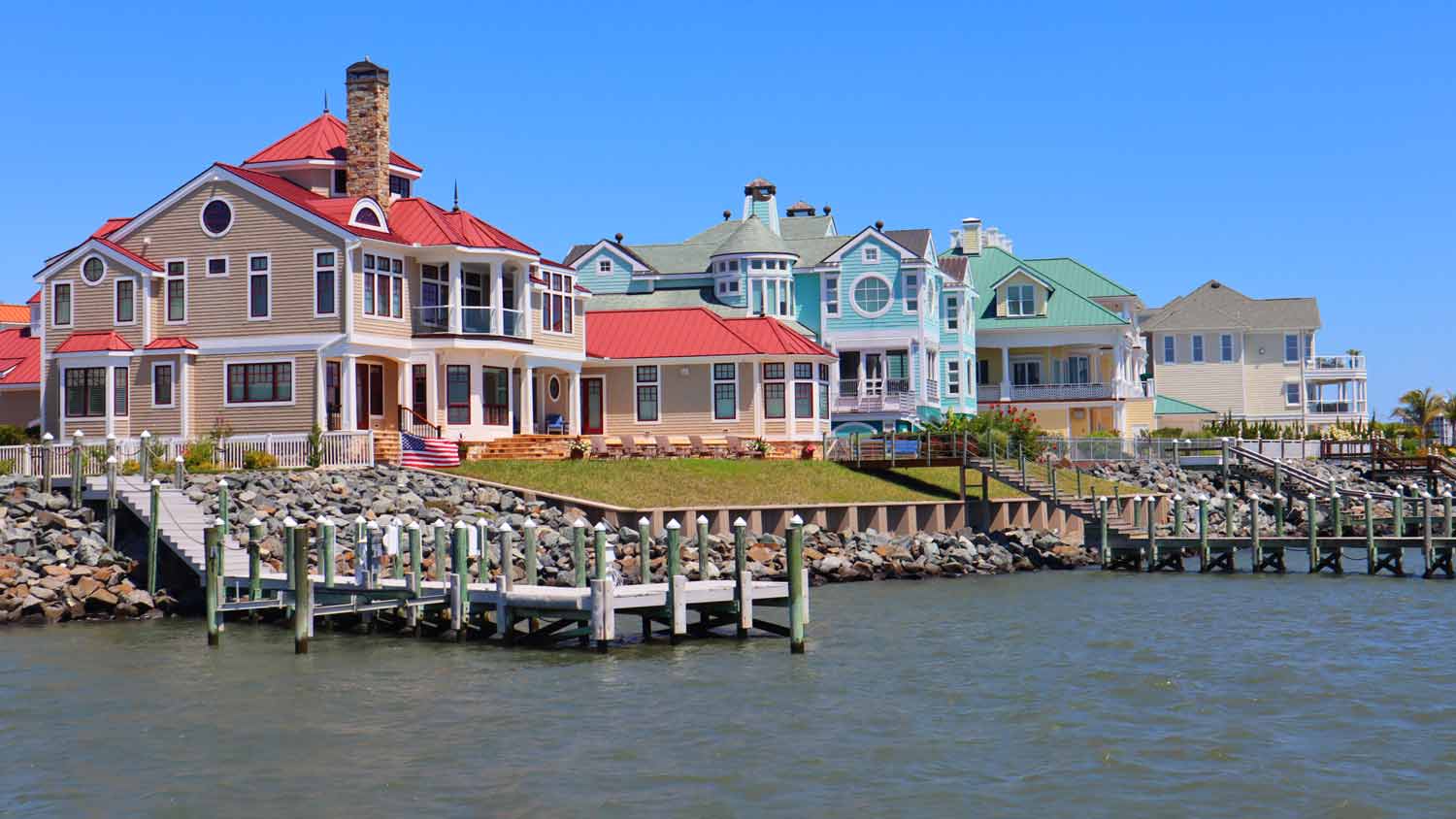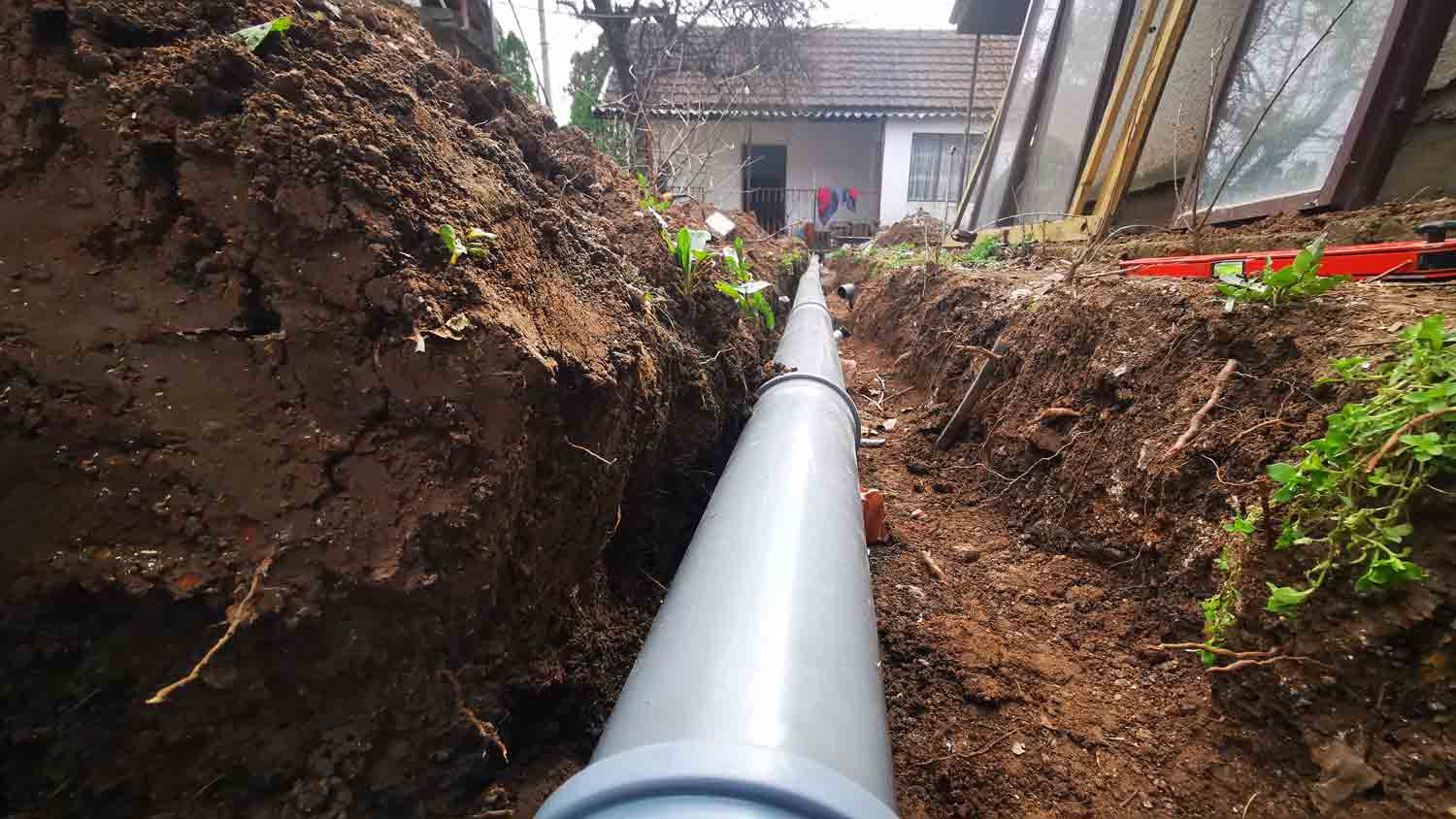
Xeriscape costs depend on materials, the size of your yard, and if you DIY. This guide will help you determine what your xeriscaping project will cost.
Make your landscape pretty and plentiful


You can DIY landscaping or hire a professional.
There are many types of landscaping, such as xeriscaping, cottage garden, and coastal.
Landscaping can increase your home’s value by adding curb appeal.
The upfront cost of landscaping can be hefty.
If you’re keen on upping your home’s curb appeal or value, or adding a personal touch for your own enjoyment, consider landscaping. There are plenty of different types of landscaping to choose from, and different pros and cons worth considering. Here we breakdown everything you need to know if you’re asking yourself, “what is landscaping?”
Landscaping is when you make aesthetic or practical changes and improvements—or maintain past improvements—to the grounds of your property. Essentially, any part of your home that’s on the outside, whether it’s a walkway, gazebo, or shrubbery, is considered your home’s landscaping. If your work is isolated to one area of your home’s exterior–such as a garden–it’s not considered landscaping, as landscaping involves cultivating an entire yard rather than one aspect of it.

There are a few different ways you can approach landscaping–depending on the specific type or style of landscaping you choose. Regardless of the type or style you choose, you want to consider your landscaping ideas, and plan your design approach versus jumping head first into the project. Think about things like your budget, any HOA regulations, future maintenance needs, and climate. The more prepared you are, the more smoothly your project will go.
The size of your property and type of landscaping you choose will determine how much your landscaping will cost.You can DIY landscaping to save money—or if you just want to get your hands dirty—but, hiring a professional landscaper is always an option too.
“What is landscaping?” is a question that has multiple answers, as there are different types of landscaping, and the type you choose will inform your landscape design plan. Following are some of the most common types of landscaping you might come across.
If you’re planning on landscaping, knowing what xeriscaping is can inform an environmentally conscious property. Xeriscaping is a type of landscaping that aims to use as little water as possible by using drought-tolerant and native plants and flowers. You’ll likely see a lot of ground cover plants, mulch, and rocks in a xeriscaped yard.
Coastal landscaping uses the natural environment surrounding your property as part of the landscaping itself—regardless of which coast you live on, or whether you live on or off the water. Coastal landscaping has a very natural look and incorporates features such as beach pebbles, seashells, and driftwood.
Cottage garden landscaping embraces the style of a classic cottage in the English countryside. This type of landscaping leans more into charm rather than a formal structure or design. With cottage garden style landscaping you’ll see dense plants, bright colored flowers, and hardscaping features that have an ornamental touch.
Tropical landscaping prioritizes lush, colorful plants and hanging flowers that really fill the space. Tropical landscaping is best for climates with heavy rainfall, but if you’re a fan of the style and live in a dryer climate, a solid irrigation or sprinkler system should do the trick to maintain the landscaping.
Inspired by the Tuscany region of Italy, Tuscan landscaping puts an emphasis on detailed architecture and warm colors. Along with planting traditional Tuscan plants, you can embrace the Mediterranean aesthetic through hardscaping features such as statues, firepit, or even pots for plants.
As it goes for most home projects, there are pros and cons of landscaping. Here are some worth considering before embarking on a landscaping project.
It adds value to your home. Yes, landscaping does increase home value. Because it improves the look of a property, landscaping makes a home more attractive to potential buyers by shaping their first impression and allowing them to envision themselves living a life in that home.
It improves functionality. Many landscaping features serve a useful function. For instance, walkway lighting can help when you have guests over or are getting home late. Similarly having an outdoor space to comfortably gather in is great for social events.
It looks good. Landscaping increases your home’s curb appeal. So, not only is it nice for people passing by to look at but it’s nice for you as a homeowner too, and can help you truly enjoy your property.
It takes time to maintain. Landscaping looks beautiful, but part of that comes from diligent maintenance. Taking the time to remove weeds, replace mulch, and clean patio furniture is a commitment you’ll have to make.
There may be environmental concerns.While methods like xeriscaping are clearly good for the environment, landscaping in general can raise environmental concerns if you need to cut down trees or apply chemicals that kill weeds to your lawn.
Upfront costs can be a lot. While there are ways to stick to budget-friendly landscaping, the initial costs for furnishings, decor, and plants can quickly burn a hole in your pocket.
If you’re considering what’s best for your yard and your home’s curb appeal, it’s important to know the difference between landscaping and lawn care. Landscaping is categorized as a comprehensive transformation of the exterior of your property through gardening, construction, decorating, and more.
Meanwhile, lawn care is focused on the maintenance and look of the lawn only—from mowing to fertilizer to pest control measures. Both certainly improve the aesthetics of your property, but if you’re looking to landscape, you want to find a landscaping company near you, rather than a lawn care provider.
From average costs to expert advice, get all the answers you need to get your job done.

Xeriscape costs depend on materials, the size of your yard, and if you DIY. This guide will help you determine what your xeriscaping project will cost.

How much does hardscaping cost project by project? Check out our breakdown for every price tag you need to know, from outdoor fireplaces to patios.

What are average sod installation prices? Learn how much sod costs based on factors like square footage, land prep, land condition, and more.

If you’re trying to prevent erosion in your yard, riprap might be the right material for your project. So, what is riprap, exactly? Let’s walk through it.

Want a healthy, green lawn fast? Learn how to lay sod in just one day so that its grass grows into a robust lawn you’ll enjoy for many seasons to come.

Keep your yard from flooding by choosing the right piping and drainage. Learn what type of piping is used for the drainage system in a yard with this guide.